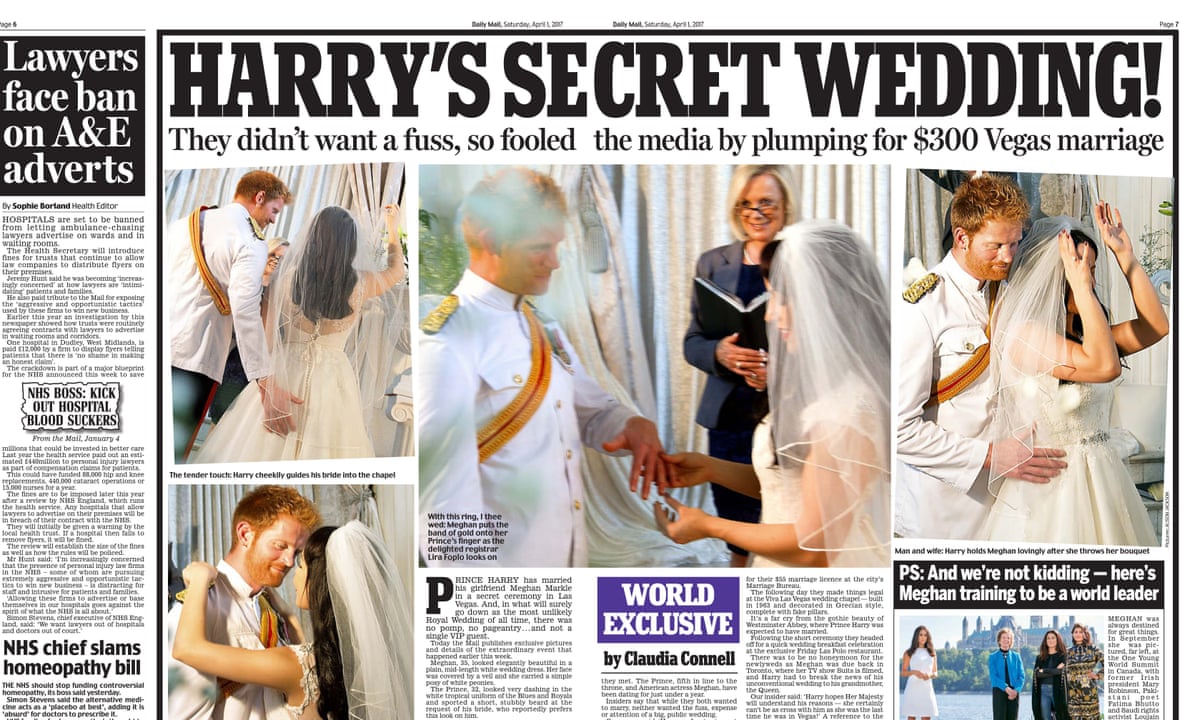More About News Articles
More About News Articles
Blog Article
Everything about News Articles
Table of ContentsSome Known Facts About News Articles.All About News ArticlesGetting My News Articles To Work3 Easy Facts About News Articles ExplainedNews Articles Fundamentals Explained
Excellent knowledge of different topics gives trainees a competitive edge over their peers. Despite the fact that electronic and social media are conveniently easily accessible, we must not forget exactly how important it is to check out the newspapers. Moms and dads must attempt and instill the practice of reviewing a newspaper as a day-to-day routine to continue the heritage of the adored print tool.News stories likewise have at the very least one of the following essential attributes relative to the intended audience: proximity, prestige, timeliness, human interest, peculiarity, or effect.
Within these limitations, news stories also intend to be comprehensive. Among the larger and more revered papers, justness and equilibrium is a significant variable in offering info.
Papers with a global audience, for example, tend to use a much more official design of creating. The particular choices made by an information electrical outlet's editor or content board are commonly gathered in a style overview; common design guides include the and the United States News Style Publication. The main objectives of news writing can be summarized by the ABCs of journalism: accuracy, brevity, and quality.
Not known Facts About News Articles
Generally, reporters will certainly not use a long word when a short one will certainly do. They use subject-verb-object building and dazzling, energetic prose (see Grammar). They supply anecdotes, examples and metaphors, and they seldom depend upon generalizations or abstract concepts. Information authors try to prevent making use of the very same word greater than once in a paragraph (often called an "resemble" or "word mirror").
Nonetheless, headlines in some cases omit the subject (e.g., "Leaps From Boat, Catches in Wheel") or verb (e.g., "Pet cat female lucky"). A subhead (likewise subhed, sub-headline, subheading, subtitle, deck or dek) can be either a secondary title under the primary headline, or the heading of a subsection of the short article. It is a heading that precedes the primary text, or a group of paragraphs of the main text.

Added signboards of any of these types might show up later in the short article (especially on subsequent pages) to lure further reading. Such billboards are additionally used as tips to the short article in various other areas of the publication or site, or as advertisements for the item in various other publication or websites. Common structure with website link title, lead paragraph (summary in bold), various other paragraphs (details) and contact details.

Instance of a hard-lead paragraph NASA is recommending another space job. The budget requests approximately $10 billion for the project.
An "off-lead" is the second most crucial front page information of the day. To "bury the lead" is to start the short article with history info or information of secondary relevance to the visitors, forcing them to check out even more deeply into a post than they ought to have to in order to uncover the important factors.
The 2-Minute Rule for News Articles
Usual usage is that a person or 2 sentences each create their own paragraph. Reporters normally define the company or structure of an information tale as an inverted pyramid. The crucial and most interesting aspects of a tale are put at the start, with sustaining details following in order of reducing importance.
It enables people to check out a subject to just the depth that their inquisitiveness takes them, and without the charge of information or subtleties that they can take Related Site into consideration unnecessary, however still making that details available to much more interested visitors. The inverted pyramid structure likewise makes it possible for articles to be trimmed to any kind of approximate size throughout layout, to suit the room available.
Some writers start their stories with the "1-2-3 lead", yet there are many kinds of lead readily available. This layout invariably begins with a "Five Ws" opening paragraph (as explained above), followed by an indirect quote that serves to support a major aspect of the very first paragraph, and afterwards a direct quote to sustain the indirect quote. [] A twist can describe several things: The last story in the information program; a "delighted" tale to end the show.
Longer write-ups, such as publication cover articles and the items that lead the inside areas of a newspaper, are recognized as. Function tales differ from straight information in a number of ways.
The Best Guide To News Articles
The journalist usually details interactions with meeting subjects, making the piece extra personal. A feature's initial paragraphs commonly connect a fascinating moment or event, as in an "unscientific lead". From the details of an individual or episode, its view promptly broadens to abstract principles concerning the tale's topic. The section that indicates what an attribute has to do with is called the or signboard.

The Editor's Tool kit: A Recommendation Guide for Beginners and Professionals (2001) Allan M. Siegal and William G. Connolly. The New York Times Handbook of Style and Use: The Authorities Design Guide Made Use Of by the Writers and Editors of the Globe's Many Reliable Paper (2002) M. L. Stein, Susan Paterno, and R.
Report this page